A Tale of Two Schools
Reading Time: 7 minutesThe writer was a student at ASIJ until 2022, when he transferred to a large American public high school for his senior year.
The American School in Japan (ASIJ): a private international school located in Tokyo, Japan. McLean High School (MHS): a public high school in Fairfax County, Virginia. ASIJ has a high school population of about 600 people, the same size as just McLean’s graduating class. With that fact, the stark difference between the two schools is already apparent.
Because McLean is so big, I have noticed a trend towards standardization to help manage everyone and everything. Rules are strict and uncompromising to ensure that they are abided by and to keep the school a productive place of learning. At McLean, teacher-student and administration-student relationships are significantly weaker than at ASIJ because of the sheer population size of the school.
Mclean’s average class size is about 31 students, ten more people than some of ASIJ’s biggest classes. To me, the administration feels like more of a police force to keep the students in check, rather than a place to go to for change like at ASIJ. ASIJ administrators also play a big part in enforcing school rules, of course, but nowhere near the degree at McLean. To put it concisely, McLean feels more of a dictatorship, a feeling that I never felt at ASIJ, despite some of its shortcomings.
To establish some baselines, McLean and ASIJ start the year at the same time and run for the same duration. Both have eight periods over two days, although McLean’s schedule does not rotate like ASIJ’s does. Classes at ASIJ are 75 minutes long, versus 90 minutes long at McLean. There is no activity period or long breaks at McLean: all transition times are 7 minutes. This means that students have virtually no time to talk to friends or acquaintances between classes, do homework, or even just build rapport with teachers.
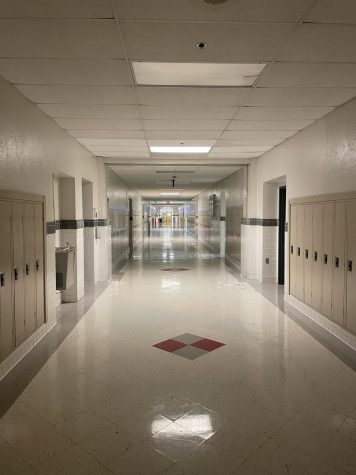
Teacher-student relations are again weakened because nobody has time to stick around outside of class—everyone is busy getting to their next block. Finding time to talk to teachers is not impossible, but it is difficult. At ASIJ, most teachers are happy to talk before or after class or during one of the many breaks, so asking questions and discussing things with them is easier.
Like ASIJ, McLean also runs on the AP system, and also has dual enrollment courses. In terms of academic opportunity through course offerings, I would say ASIJ and McLean are fairly equal, so kudos to McLean for that. In terms of clubs and activities, McLean has more but the barriers to entry are far higher. The rigidity of McLean’s schedule means there is no time for clubs during the day since there is no activity period like at ASIJ, so all meetings must happen after school, a deterrent to participation. It’s far more convenient to do clubs at ASIJ because students can do them during school time and not have it conflict with any after school activities.
McLean does have a “free” period called “Highlander Time,” which occurs for one block every other day, similar to the free period of ASIJ. Unlike ASIJ, Highlander Time has a rigid schedule. During that period, students are in designated classrooms and cannot leave without explicit permission. Instead of being a true free period, Highlander Time feels like a period where students are trapped. Students are free to do what they want, such as homework, but working for 90 minutes straight is not on the average high-school student’s list of priorities. Contributing to the trapped feeling is the fact that students are inside all day, in classrooms filled to the brim. This is a huge difference to ASIJ, where students have the freedom to be outside when they wish. At ASIJ, for example, I would go outside during most free periods, all the breaks, and lunches; at McLean, I am only outside for maybe lunch.
McLean goes further to sell the point of feeling trapped in classrooms. To go to the bathroom, students must get a pass from the teacher. If one student is already out, other students must wait until they return. To go to the library, students need a pass. To go see a teacher during Highlander Time, students still need a pass. There is never a time where a student is free to wander around the school except for their thirty minute lunch break. While it may be necessary for a public school of such massive size to keep all students accounted for, the environment still comes across as grating.

McLean also has a small campus and building despite its large population, so the hallways are filled wall-to-wall with students during transition times. Actual human gridlocks occur as people try to cross intersections in different ways on their way to classes. Most of the seven minutes will be used to physically battle one’s way to class. Need to go to the bathroom? Oh, well.
Speaking of bathrooms, McLean’s bathrooms are very run down and often unclean from constant use and mistreatment by students. It’s not unusual to find sinks flooded and paper towels everywhere. Despite this, certain groups of people congregate there, trying to avoid the eyes of the administration, further contributing to their reputation as a place to be avoided.
Going during class is usually fine, but even here McLean once again tries to limit student mobility. Students are not allowed to go to the bathroom for the first or last ten minutes of class, which in theory is a rule that is understable—the administration doesn’t want students cutting class. In practice, students find the rule incredibly annoying, especially considering the passing periods are too short to make use of the bathroom. Many teachers do not even start class for the first few minutes and often end their lesson five to ten minutes early, perfect times to use the bathroom. Not utilizing the whole period also calls into question the necessity for 90 minute classes in the first place, time that could instead go to an activity period like ASIJ’s or longer passing times.
Another problem with a school population of 2400 is that there is not enough space for students to all eat at the same time, and lines grow too long. Solution? Break lunch up into different blocks, which is, again, admittedly necessary. While this is effective in ensuring each student has an opportunity to have lunch, it gives rise to a whole host of other problems. Students do not get to decide their lunch break, so situations can arise where they are cut off from parts or all of their friend groups. With lunch being the only truly free period of the day, consistently not being able to interact with all of one’s friends can be annoying, to say the least.
Two of McLean’s lunch blocks occur in the middle of a class period, meaning a class would start learning, then leave to eat lunch, and then return to finish the lesson. This can make learning in those classes slightly disjointed, although for some the break is welcome. This lunch block system in conjunction with different classes and short passing times means there are days where one may not see a friend at all.
Unfortunately, overall there is no other realistic way to do lunch; it’s just a drawback of such a big school. ASIJ can have everyone eat lunch at the same time because there are few enough high-school students that the lines wouldn’t get too long and there is enough seating between the cafeteria and outside. ASIJ actually also practices this block system in a way, except it seems more seamless because the blocks split up elementary, middle, and high school, rather than people of the same grade level.
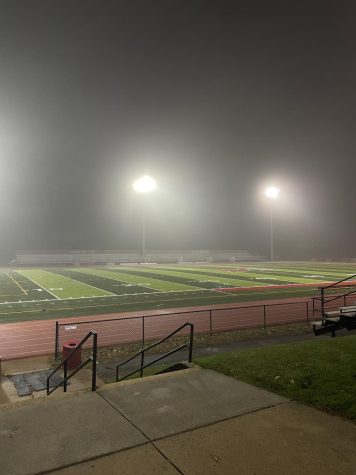
A final area of contrast is transportation. Perhaps the biggest drawback of ASIJ is that it is about an hour away from where most students live, resulting in long train or bus rides. Although work can be done on the bus, the rides result in many hours of time lost throughout the week. McLean is located directly in the neighborhood where many of its students come from, and anyone who lives in its district will never be more than twenty minutes away. Being able to easily reach and leave the school gives students more opportunities to stay on campus later. On top of that, starting a little after the age of 16, many students have the option to drive to school should their parents choose to lend them a car, allowing them to have more control over their after-school commitments.
At ASIJ, after-school activities and sports have the strict deadline of having to end in time for students to catch the late buses, limiting practice length sometimes. Overall, McLean’s location enables students to do more at the school since they don’t have to deal with an additional hour of transportation home. One thing to note, though, is that it is easy to get to ASIJ by train, something any student can do independently. Public transport to McLean is limited to only the school buses. If a student’s parents cannot pick them up, and they do not have access to a car, they are stuck carpooling or taking the regular school bus home, which can actually be very limiting on the activities they do.
In conclusion, the “public” nature of McLean serves to make it an entirely different experience from ASIJ, which is expected. McLean must take every kid from its district, and that results in the large student body. The large student body places greater stresses on the school, which manifest itself into stricter rules and less freedom. McLean can’t afford to trust students to leave campus, or allow them to be unaccounted for; it would be total chaos.
The smaller population of ASIJ allows them to get away with something like having no formal extension policy for assignments, something that would be instantly abused at McLean. Another educational aspect is that there is also less of a mentality that a student has to make the most of their education at McLean: it’s free, compared to ASIJ’s weighty tuition. At some level, students going to ASIJ know their education is coming at a high cost and do not want to waste their parents’ money and the opportunity given to them.
Both schools have their merits and detriments, but a key question many ask is this: Compared to a free public school like McLean, is the high cost of a smaller private institution like ASIJ worth the better educational experience?

Hello! My name is Joseph , and I'm a junior who has been at ASIJ since freshman year. I have...

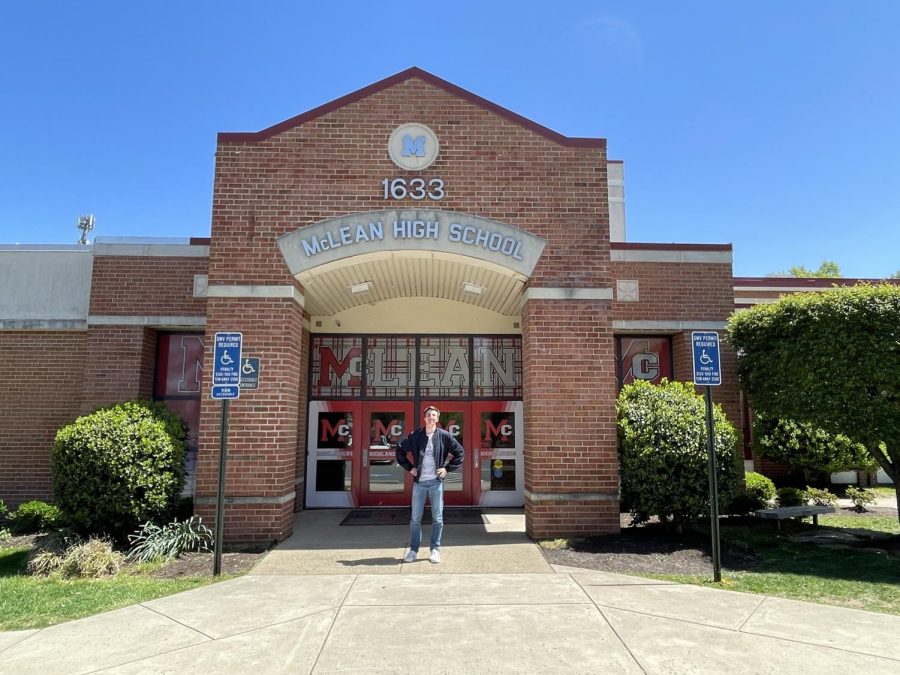
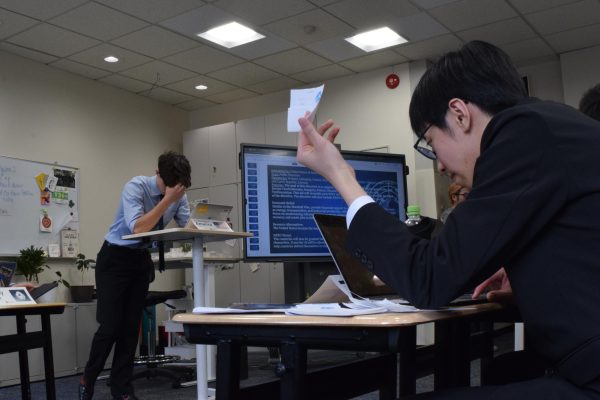


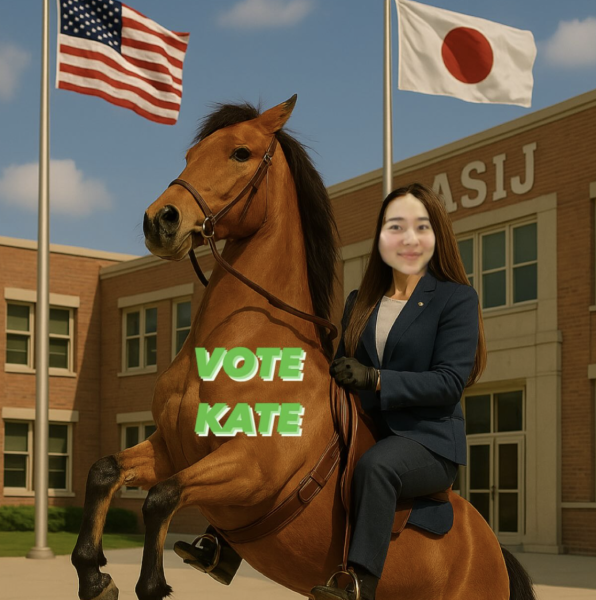
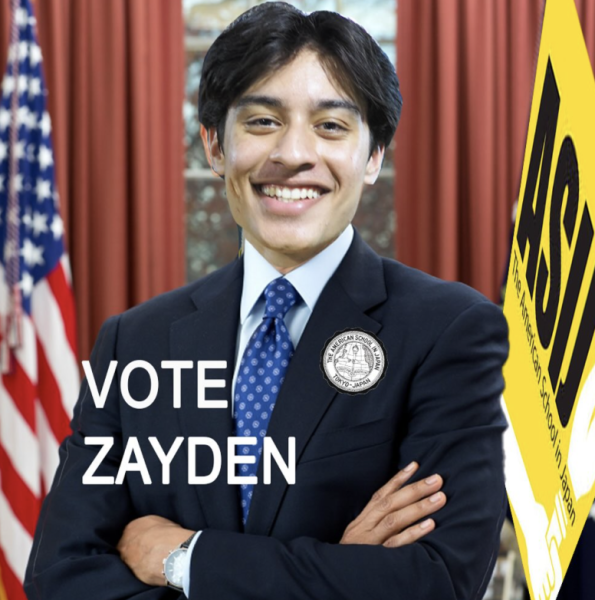
Percival • Mar 9, 2024 at 2:04 AM
Very true! Big public schools teach you to fight tooth-and-nail for everything—an ugly mentality I see on the daily here.